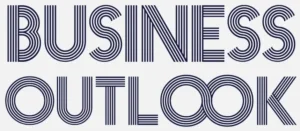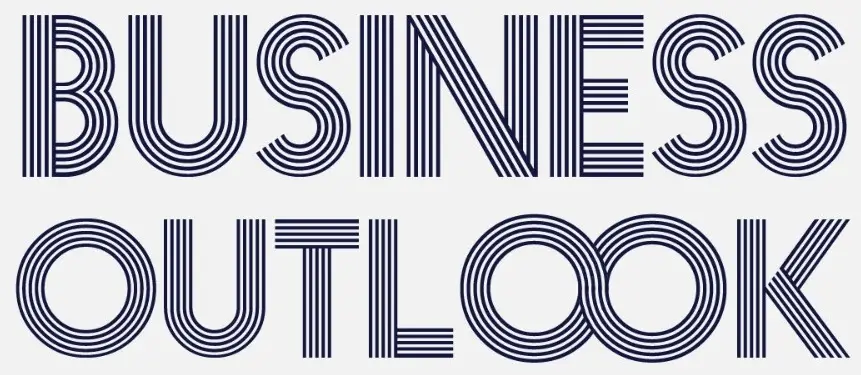In 2007, a little-known startup called Dropbox offered free storage space—but with a catch. Users had to refer friends to get it. Within 15 months, sign-ups exploded from 100,000 to 4 million. Growth hackers called it brilliant. Competitors called it ruthless. Customers just called it useful.
This wasn’t just clever marketing—it was aggressive marketing. And it worked because Dropbox understood something most brands miss: being aggressive isn’t about shouting louder. It’s about moving faster, thinking sharper, and taking calculated risks that competitors won’t.
What Aggressive Marketing Really Means (It’s Not What You Think)
Most people confuse aggressive marketing with being obnoxious. They picture:
- Spammy cold emails
- Pop-up ads that won’t die
- Cringeworthy influencer campaigns
But true aggressive marketing is different. It’s:
✅ Precision-targeted (not scattershot)
✅ Data-driven (not guesswork)
✅ Relentlessly customer-focused (not self-promotional)
Look at Tesla. They spend $0 on traditional ads. Yet their referral program and Musk’s Twitter antics generate more buzz than Super Bowl commercials. That’s controlled aggression.
5 Aggressive Strategies That Actually Work
1. The ‘Winner Takes All’ Play
Dominate a niche before expanding
- How: Flood a small market with disproportionate resources
- When: Launching something truly novel
- Example: Uber concentrated all its early drivers in San Francisco until 90% of locals used them
Why it works: Humans follow crowds. Own one city completely, and expansion becomes easier.
2. The Scarcity Hack
Artificial limitation, real urgency
- How:
- Limited-time offers (not fake countdown timers)
- Exclusive access tiers (American Express Black Card)
- When: You have a premium product fighting commoditization
Caution: Overuse breeds skepticism. See “limited edition” NFTs.
3. Competitor Conquesting
Steal market share, not just attention
- Tactics:
- Comparison ads (Mac vs. PC campaigns)
- Targeted discounts (WeWork offered free months to Regus members)
- When: You’re #2 in a mature market
Risk: Can backfire if you appear petty.
4. Growth Stacking
Turn customers into recruiters
- Mechanics:
- Referral programs (PayPal’s $10 for sign-ups)
- Viral loops (Zoom’s “host gets unlimited time” model)
- When: Your product improves with network effects
Key: Reward both referrer and referee.
5. Controversial Positioning
Pick fights to pick up fans
- Execution:
- Patagonia’s “Don’t Buy This Jacket” campaign
- Liquid Death’s anti-plastic crusade
- When: Your industry is ripe for disruption
Warning: Requires authentic commitment.
When Aggressive Marketing Goes Wrong
Case Study: MoviePass
The Strategy: Unlimited movies for 10/month∗∗TheAggression:∗∗Burned10/month∗∗TheAggression:∗∗Burned20M/month to acquire users
The Crash: Couldn’t monetize fast enough
Lesson: Aggressive ≠ unsustainable.
Case Study: Groupon
The Strategy: Daily deals with 50% discounts
The Aggression: Onboarded businesses too quickly
The Crash: Merchants hated the economics
Lesson: Don’t sacrifice partner relationships for growth.
The Psychology Behind Effective Aggression
Why do these strategies work when others fail? Three principles:
- Loss Aversion
People fear missing out more than they desire gaining. - Social Proof
Aggressive tactics amplify visibility, creating herd effects. - Hyper-Targeting
Modern tools let you be aggressive toward the right 1%, not annoying to the 99%.
How to Measure Aggression’s ROI
Track:
- Customer Acquisition Cost (CAC) Payback Period
How fast recoup costs - Virality Coefficient
Each user brings __ new users - Competitor Share Shift
Are you stealing their customers?
The Ethical Line (And How to Stay On It)
Aggressive ≠ unethical. Key distinctions:
| Ethical Aggression | Unethical Aggression |
|---|---|
| Highlighting real differentiators | Misleading comparisons |
| Creating genuine urgency | Fake scarcity |
| Leveraging earned attention | Buying fake reviews |
When to Pull Back
Even the best strategies fatigue. Warning signs:
- Diminishing returns on spend
- Rising customer complaints
- Employee burnout from constant “hustle”
The Future of Aggressive Marketing
Next frontiers:
- AI-Powered Personalization
Imagine ads that adapt to your mood in real-time - Predictive Conquesting
Target customers before they even consider competitors - Embedded Virality
Products that market themselves (like Calendly’s automatic referrals)
Final Thought: Controlled Burn vs. Wildfire
The best aggressive marketers think like arsonists—they know exactly how much fuel to add, where to light it, and when to let it breathe.
Because unchecked aggression burns budgets. Controlled aggression burns competitors.
The choice is yours.






